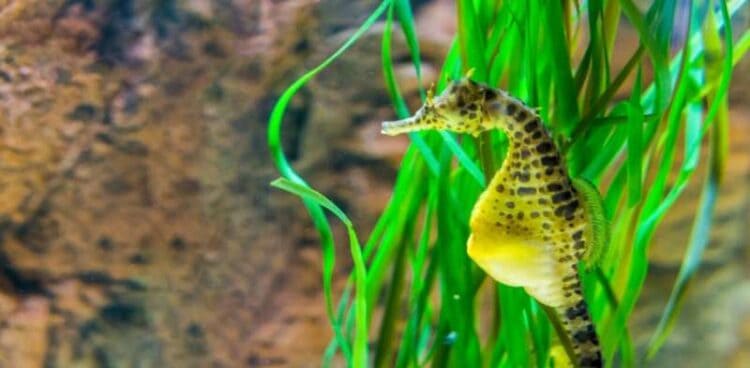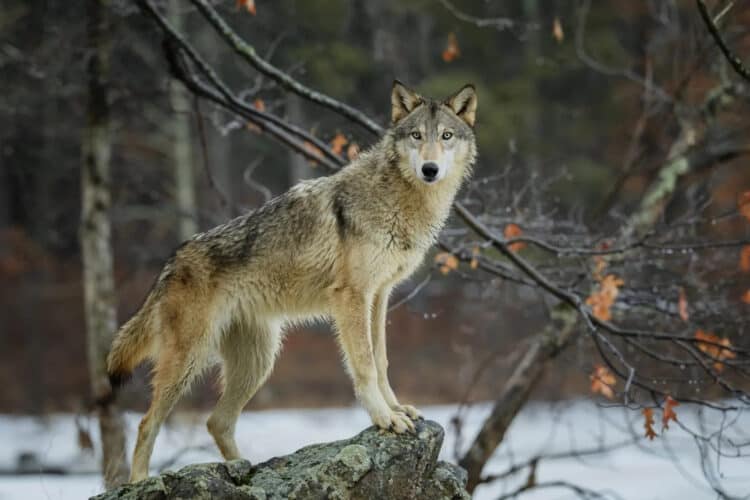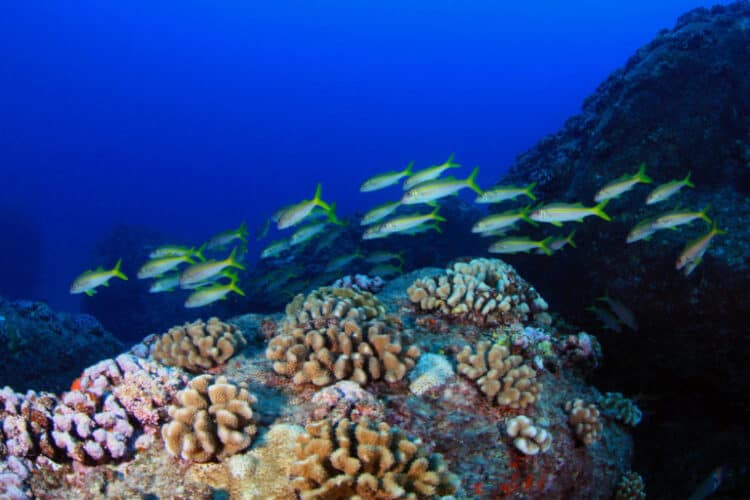This month marks the beginning of a sea change for California’s fisheries and the birds that rely on them. On March 1, the state of California finalized a new set of regulations protecting Pacific herring, a critical forage fish for waterbirds on the Pacific Flyway.
Forage fish are tiny, numerous fish that serve as food not only for seabirds but also for other iconic West Coast marine life like humpback whales, salmon, and sea lions. Pacific herring are the lifeblood for birds like the Surf Scoter, and these new rules will better protect them while also ensuring that commercial and recreational fishing for herring is sustainable in California.
Pacific herring are managed by West Coast states, Alaska and the Canadian province of British Columbia. The silver, schooling fish gather in the winter and early spring to spawn only within specific estuaries and protected embayments like San Francisco Bay that make up less than 2 percent of the U.S. Pacific Coast.
It’s a sight to behold—this past winter I filmed an avian feeding frenzy in San Francisco Bay, with ducks and gulls gathering by the thousands to feast on the oil-rich fish and their eggs, as you can see in the video below.
But some herring populations on the West Coast have declined due to climate change, overfishing and damage to their coastal spawning habitats. As the ocean warms, populations of small fish like herring often decline and may move to colder water deeper in the ocean and further offshore. This can put undue stress on the seabirds that rely on herring for food, as they expend more energy looking for what fish remain within their reach.
The new regulations are based on the Pacific Herring Fishery Management Plan,a first-of-its-kind policy that state managers adopted in October 2019, setting catch limits for herring and identifying their spawning areas and the threats to these areas.
Eelgrass beds, where Pacific herring spawn, provide a rich array of additional ecosystem and climate adaptation benefits, from fish nurseries, to removing and storing excess carbon from the water, to reducing the impacts of ocean acidification on fish and wildlife.
To achieve this victory, Audubon began working seven years ago to bring together industry, NGOs and the state to agree on the best approach to keep the stock healthy, support a vibrant commercial fleet, and ensure ample prey for birds and other predators.
We applaud California for finalizing these regulations and putting in place one of the nation’s first climate-ready fishery management plans. To apply many of these same science-based approaches in federal law as well, Audubon is championing the Forage Fish Conservation Act.
This bill would amend our current federal fishery management law to ensure that, across the nation, catch limits for forage fish take into account the impacts to fish stocks from climate change and the role that forage fish play in the ocean ecosystem.
This article was first published by Audubon on 10 March 2020.
What you can do
Support ‘Fighting for Wildlife’ by donating as little as $1 – It only takes a minute. Thank you.







Leave a Reply